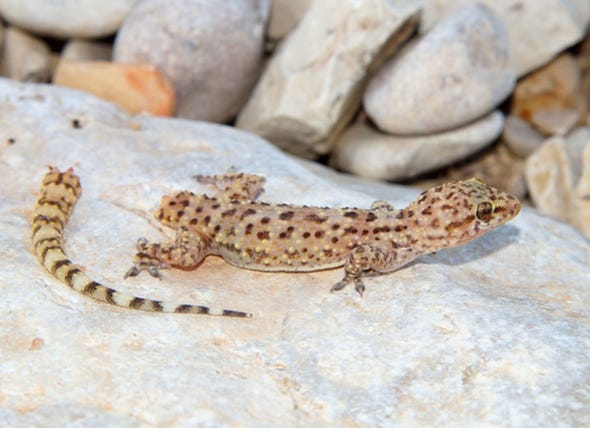As a graduate student, I chose a mentor who was very passionate about curing spinal cord injury. He had been in a terrible car accident when he was a kid in which he was thrown from the car, miraculously unharmed. The rest of his family wasn’t so lucky — his sister was killed and his mom was permanently crippled. From that day forward he made it his life’s mission to cure his mother’s impairment. He became a world-class researcher, dedicated to understanding the molecular mechanisms of spinal cord regeneration.
He wanted to discover everything about the way that brain cells grow because he thought that this knowledge could help to reverse the damage that occurs when nerves are injured. His mother died years before I met him, but that did not dull his drive to help others like her. I chose to join his lab even though I had never thought twice about spinal cord injury before. I wanted to work with him partly because of his passion and dedication, but mostly, because he has fascinating and unique ideas. One of his working theories is that **cancer can cure spinal cord injury. **Let me explain.
Regeneration to Cancer

When grabbed by a predator lizards have a strange a defense mechanism: their tail pops off while the rest of the lizard runs off safe and (mostly) sound. Later, the lizard will regrow its tail like nothing ever happened. Image PetMD
Human bodies have some self-healing capabilities, but we aren’t very good at regenerating our tissues. For this reason, scientists have started to look at the genetics of other animals to see if we can enhance our healing abilities by mimicking the evolutionary designs found in nature — if we were more like lizards we could regenerate amputated limbs, and if we were more like zebrafish we could heal a broken heart (literally).
Unfortunately, our body’s molecular genetics aren’t up to the task of repairing vital damage. When we lose a limb it’s gone for good, and when we damage our heart not much can be done to fix it (RIP Steve Irwin). We’re not hopelessly fragile though — some of our tissues are capable of recovering from injuries. For example, a cut on your skin will fix itself in a timely fashion, because skin cells are constantly being replenished through mitosis (cellular division). But this constant replenishment comes with a cost: a high risk of cancer.
Indeed, skin cancer accounts for ~40% of all tumors, making it the most common form of cancer in the world. This is because cancer is a form of unrestricted cell division, and skin cells divide _a lot. _Cancer occurs when a cell cannot stop dividing because the quality control mechanisms of mitosis have gone awry. Major errors in mitosis are relatively rare, occurring only 2% of the time. It might not sound so bad for a cell to have a 2% chance of failing at mitosis, but let’s consider that skin cells divide approximately once a day.
One of the most powerful principles my mentor taught me is that small error rates add up quickly through repeated iteration. If a skin cell has a 2% chance of failure each day, that error rate will compound with each day that passes (_over __n _trials, the chances of every mitosis event being successful is represented by this equation: (1–0.02)^n). Statistically speaking, there’s a 13% chance that a cell will make an error during one of its seven mitotic cycles during a week. Over the course of a year, the probability of an error rises to 99.9%. It’s a good thing that mistakes in mitosis don’t necessarily lead to tumors and tumors don’t necessarily lead to cancer, because we’d probably all be dead by now.
The upshot is that **strong regenerative ability and a high risk of cancer are tightly linked **— more regeneration means more cancer. We can see this in certain lizards that have evolved specialized anti-cancer mechanisms to offset the risks of their extreme regenerative capacity. Apparently, the evolutionary trade-off wasn’t worth it for our species, so we can’t regenerate whole limbs or heal a broken heart. At least, not with the genetic mechanisms we were born with…
#cancer #science #biology #spinal-cord-injury #neuroscience #data science
